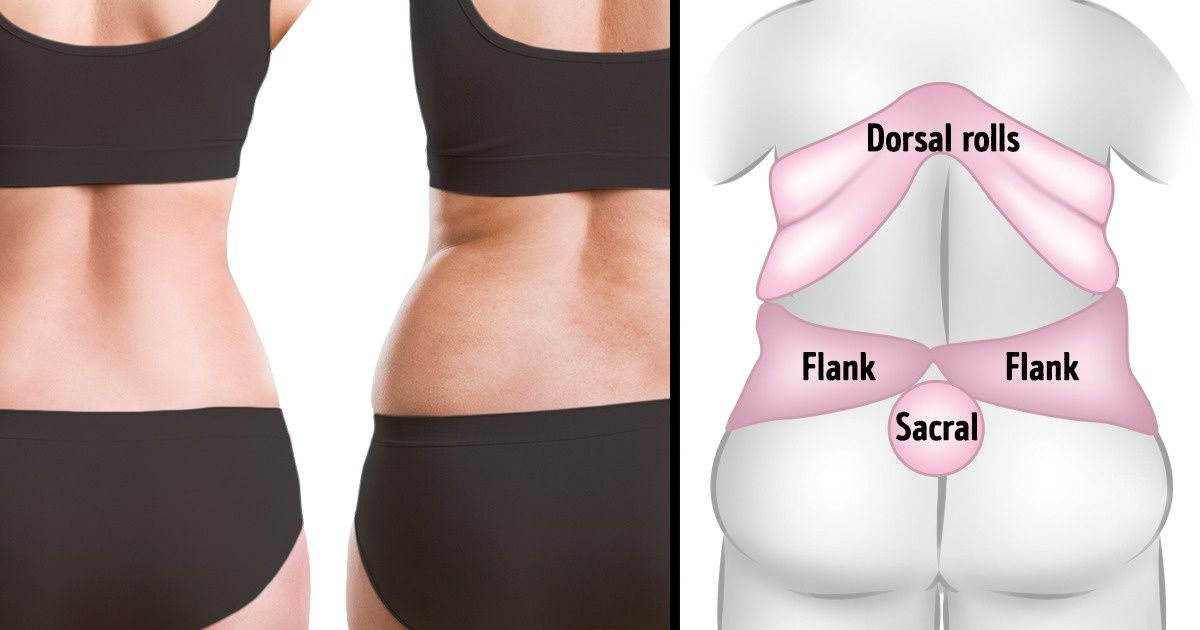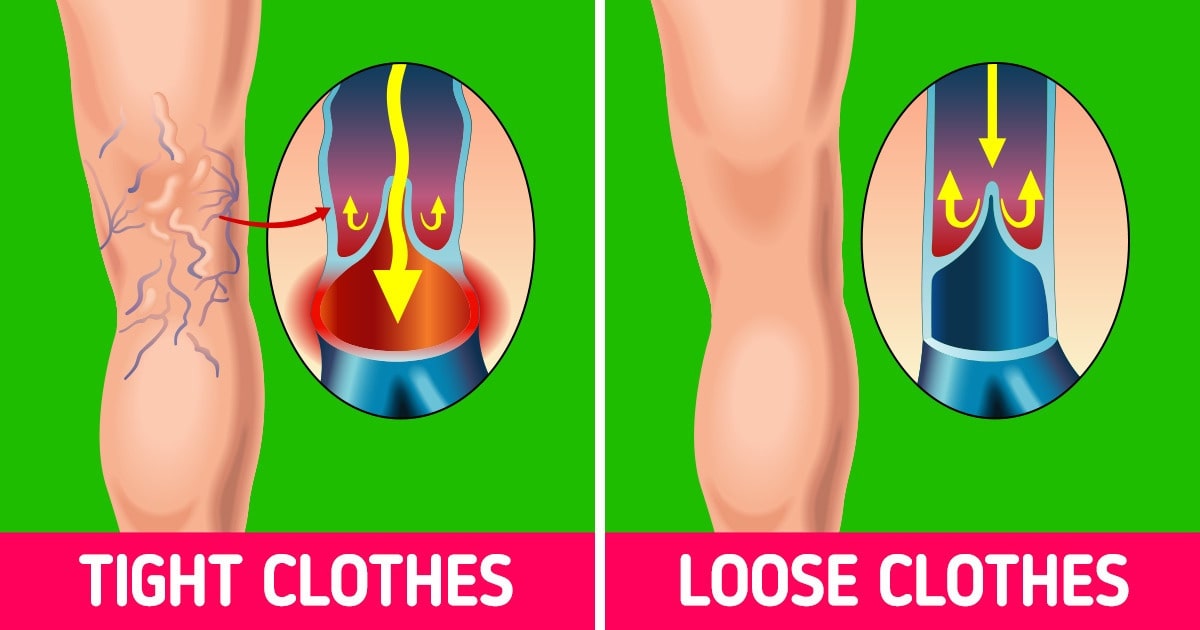When it comes to shedding extra pounds and boosting overall fitness, many of us have relied on running as our go-to exercise. However, there’s an often-overlooked workout that not only challenges your cardiovascular system but also torches calories at a faster rate—jump rope. In this comprehensive guide, we’ll dive deep into how jump rope workouts can burn more calories than a typical 30-minute run, explore the science behind its efficiency, and offer practical tips and expert advice to help you incorporate it into your daily routine.
Jump rope isn’t just for kids or boxers—it’s rapidly becoming a favorite among fitness enthusiasts and busy professionals alike. With minimal equipment and maximum benefits, this exercise stands out as one of the most effective ways to improve cardiovascular health, coordination, and overall body strength.
Best Exercise To Burn Calories at Home

Why Jump Rope is a Game-Changer in Fitness
Jump rope is a high-intensity, full-body exercise that requires minimal space and equipment. Here are some compelling reasons why this simple exercise outperforms a traditional 30-minute run:
- Calorie Burning Efficiency: Studies have shown that a vigorous jump rope session can burn between 10-16 calories per minute. This means that in 10 minutes, you might burn as many calories as you would in a 30-minute run, depending on your intensity and body weight.
- Enhanced Cardiovascular Benefits: Because jump rope involves rapid, rhythmic movements, it significantly improves heart rate variability and overall cardiovascular endurance.
- Full-Body Workout: Unlike running, which predominantly targets your lower body, jump rope engages your arms, shoulders, and core muscles, leading to balanced muscle development.
- Improved Coordination and Agility: The rhythmic nature of jump rope helps in refining motor skills, balance, and coordination, which are essential for athletic performance in various sports.
These benefits make jump rope a standout exercise for those who want to maximize calorie burn and achieve rapid weight loss, all while improving overall fitness.
How Jump Rope Outperforms Running
When comparing jump rope to running, several factors come into play that illustrate why this simple exercise is more effective in burning calories:
1. Intensity and Interval Training
Jump rope is inherently a high-intensity interval training (HIIT) activity. HIIT workouts alternate between short bursts of intense activity and brief periods of rest. This format boosts metabolic rates and promotes fat loss even after your workout has ended.
For example, a 15-minute high-intensity jump rope session can elevate your heart rate similarly to a 30-minute run, with the added benefit of enhanced post-exercise calorie burn (often referred to as the “afterburn effect”). This increased efficiency is especially appealing for those looking to optimize their workout routines in a shorter amount of time.
2. Muscle Engagement and Efficiency
Running primarily targets the lower body—calves, quads, hamstrings, and glutes—whereas jump rope recruits muscles throughout the entire body. The repetitive, dynamic motion of jumping rope engages your core, arms, and even back muscles, making it a more comprehensive workout. The involvement of multiple muscle groups increases the energy expenditure, leading to a higher overall calorie burn during the same duration of exercise.
3. Flexibility and Convenience
Unlike running, which often requires a safe outdoor track or treadmill, jump rope can be performed virtually anywhere. Whether at home, in a park, or at the gym, you only need a small space and a jump rope to get started. This flexibility allows individuals with busy schedules to incorporate a high-intensity workout into their day without the need for extensive planning or travel.
For more detailed comparisons between various cardio workouts, you can check out resources from Healthline and Mayo Clinic.

The Science Behind the Calorie Burn
To truly appreciate why jump rope burns more calories than running, it’s important to understand the underlying science:
Metabolic Rate and Afterburn Effect
When you engage in a high-intensity exercise like jump rope, your body not only burns calories during the workout but also continues to burn calories at an accelerated rate afterward. This phenomenon, known as Excess Post-exercise Oxygen Consumption (EPOC), means that your metabolism stays elevated even when you’re at rest. In contrast, a moderate-intensity run might not trigger as significant an afterburn effect.
Energy Expenditure
The energy expenditure during exercise is determined by factors such as intensity, duration, and the number of muscle groups engaged. Jump rope is a compound movement that involves rapid bursts of energy, causing your body to work harder and consume more oxygen. This process leads to higher calorie consumption in a shorter period compared to the steady pace of a 30-minute run.
For further reading on EPOC and metabolic responses to different exercise modalities, see this study on high-intensity interval training published by the National Institutes of Health.
Step-by-Step Guide to a Jump Rope Workout
If you’re new to jump rope or looking to refine your technique, follow this structured workout plan designed to maximize calorie burn and enhance overall fitness:
Warm-Up (5 Minutes)
- Dynamic Stretching: Begin with dynamic stretches focusing on your calves, hamstrings, and shoulders. This can include leg swings, arm circles, and gentle lunges.
- Light Cardio: Do a quick 2-minute brisk walk or jog in place to raise your heart rate gradually.
Main Workout (15-20 Minutes)
- Basic Jump (2 Minutes): Start with the basic two-foot jump, keeping a steady pace. Focus on landing softly to reduce impact on your joints.
- High Knees (1 Minute): Transition into a high-knee jump to increase intensity. Drive your knees upward with each jump.
- Alternate Foot Step (2 Minutes): Mimic the motion of running in place while jumping rope. This variation helps engage different muscle groups.
- Double Unders (1 Minute): For an added challenge, try double unders, where the rope passes under your feet twice with each jump.
- Rest Intervals: Allow yourself a 30-second rest between each set. Repeat the sequence two to three times depending on your fitness level.
Cool Down (5 Minutes)
- Slow Jumping or Marching: Gradually decrease the intensity to bring your heart rate down.
- Static Stretching: Perform static stretches targeting your calves, quads, hamstrings, and shoulders to promote flexibility and reduce muscle soreness.
This structured routine is designed not only to maximize calorie burn but also to improve coordination and cardiovascular health. For more detailed workout routines and variations, visit Men’s Health or Women’s Health.
Tips to Maximize Calorie Burn and Enhance Results
To make the most of your jump rope sessions and ensure that you’re reaping all the benefits, consider the following expert tips:
Invest in Quality Fitness Gear
A high-quality jump rope can make a significant difference in your workout performance. Look for ropes with adjustable lengths and comfortable grips. Investing in supportive athletic shoes will also help minimize joint impact and improve your overall form. Many fitness enthusiasts also invest in wearable fitness trackers to monitor their heart rate and calorie burn during workouts.
Incorporate HIIT Techniques
High-intensity interval training is a proven method to boost metabolism and enhance fat loss. Alternate between periods of intense jumping and short recovery breaks to keep your heart rate elevated and your metabolism working overtime. For additional guidance on HIIT, this article from Shape offers great insights and workout ideas.
Maintain a Balanced Diet
No exercise routine can achieve optimal results without proper nutrition. Focus on a balanced diet rich in lean proteins, whole grains, and plenty of fruits and vegetables. For many, this also means exploring high CPC keywords like “diet plan for weight loss” and “healthy meal delivery services” to find programs that suit their lifestyle. Incorporate nutrient-dense foods that help fuel your workouts and support muscle recovery.
Stay Consistent and Track Progress
Consistency is key when it comes to any fitness routine. Use a fitness journal or an app to track your workouts, progress, and how you feel after each session. This practice not only motivates you to keep going but also helps you identify areas for improvement in your routine.
Integrating Jump Rope Into Your Daily Routine
One of the most significant advantages of jump rope is its simplicity and convenience. Here are some practical ways to incorporate this calorie-torching exercise into your daily life:
Morning Energizer
Kickstart your day with a quick 10-minute jump rope session. This will not only boost your metabolism for the day ahead but also improve your mental clarity and focus.
Lunchtime Booster
If you have a sedentary job, consider a mid-day jump rope break. Just a few minutes of intense jumping can counteract the negative effects of prolonged sitting and reinvigorate your energy levels.
Family Fitness Time
Jump rope is a fun activity that can be enjoyed with family and friends. Organize short jump rope challenges or games to promote physical activity for everyone, turning fitness into a social and enjoyable experience.
For more ideas on integrating exercise into a busy schedule, this resource from the American Council on Exercise provides actionable tips and success stories.
The Broader Health Benefits of Jump Rope
While burning calories is a major advantage, the benefits of jump rope extend far beyond weight loss:
Cardiovascular Health
Regular jump rope sessions strengthen your heart, improve blood circulation, and lower the risk of cardiovascular diseases. The dynamic nature of the exercise boosts heart rate variability, which is crucial for overall cardiovascular endurance.
Muscular Endurance and Strength
Jump rope engages multiple muscle groups simultaneously. Over time, consistent practice enhances muscular endurance, improves core stability, and builds strength in your legs and upper body. This holistic approach to fitness means you’re not only burning fat but also building lean muscle.
Improved Coordination and Balance
The rhythmic timing required to jump rope enhances neural connections that control motor skills. Improved coordination translates into better performance in other physical activities and sports, reducing the risk of injury in everyday activities.
Stress Relief and Mental Agility
Exercise is a natural stress reliever. The concentration needed to maintain proper timing while jumping rope can serve as a form of mindfulness, helping you manage stress and improve overall mental well-being.
For a deeper dive into the benefits of coordinated exercises and their impact on mental health, consider reading this article from Psychology Today.
Expert Opinions and Scientific Insights
Fitness experts and researchers alike are increasingly recognizing the effectiveness of jump rope as a versatile exercise. Many studies have underscored the benefits of HIIT and dynamic full-body workouts in accelerating fat loss and boosting metabolic rates. Fitness trainers often recommend jump rope as an alternative or complementary workout to running, especially for those looking to diversify their routine.
Renowned fitness professionals have noted that incorporating jump rope into your weekly exercise plan can lead to rapid improvements in cardiovascular health and muscle tone. These insights are supported by research from reputable institutions, ensuring that you are following a scientifically backed approach to fitness and weight loss.
Final Thoughts: Embrace the Jump Rope Revolution
In today’s fast-paced world, efficiency in workouts is more critical than ever. Whether you’re a seasoned athlete or just beginning your fitness journey, incorporating jump rope into your routine can yield impressive results. This simple exercise, when performed with the right technique and intensity, burns more calories than 30 minutes of running, offers comprehensive health benefits, and fits easily into even the busiest schedule.
By integrating a structured jump rope regimen with a balanced diet and consistent training, you’ll not only witness improvements in your physical appearance but also experience enhanced energy levels and overall well-being. The science is clear, and the benefits are undeniable—jump rope is the ultimate fat-burning workout that can transform your approach to fitness.
Ready to make the switch? Grab a quality jump rope, set aside a few minutes each day, and start your journey toward a healthier, fitter you. Remember, the key to success is consistency, proper technique, and gradually increasing your workout intensity.
For additional insights and personalized workout plans, explore trusted resources like Runner’s World and Verywell Fit, where fitness experts share tips and strategies to maximize your training results.
Jump rope isn’t just an exercise—it’s a lifestyle change that can lead to significant improvements in health, fitness, and overall quality of life. Embrace the challenge, stay motivated, and watch the calories melt away faster than you ever thought possible.
Based on materials from salud180, fitnessrevolucionario









